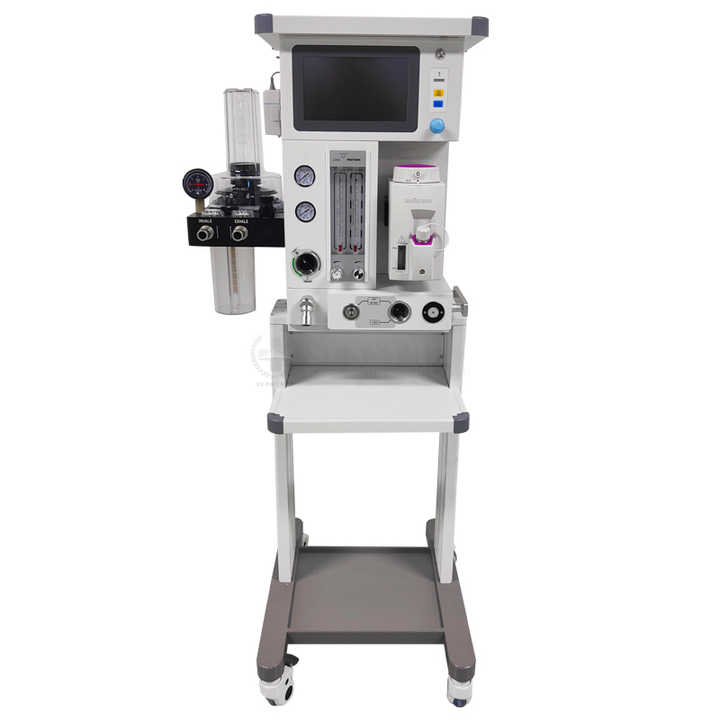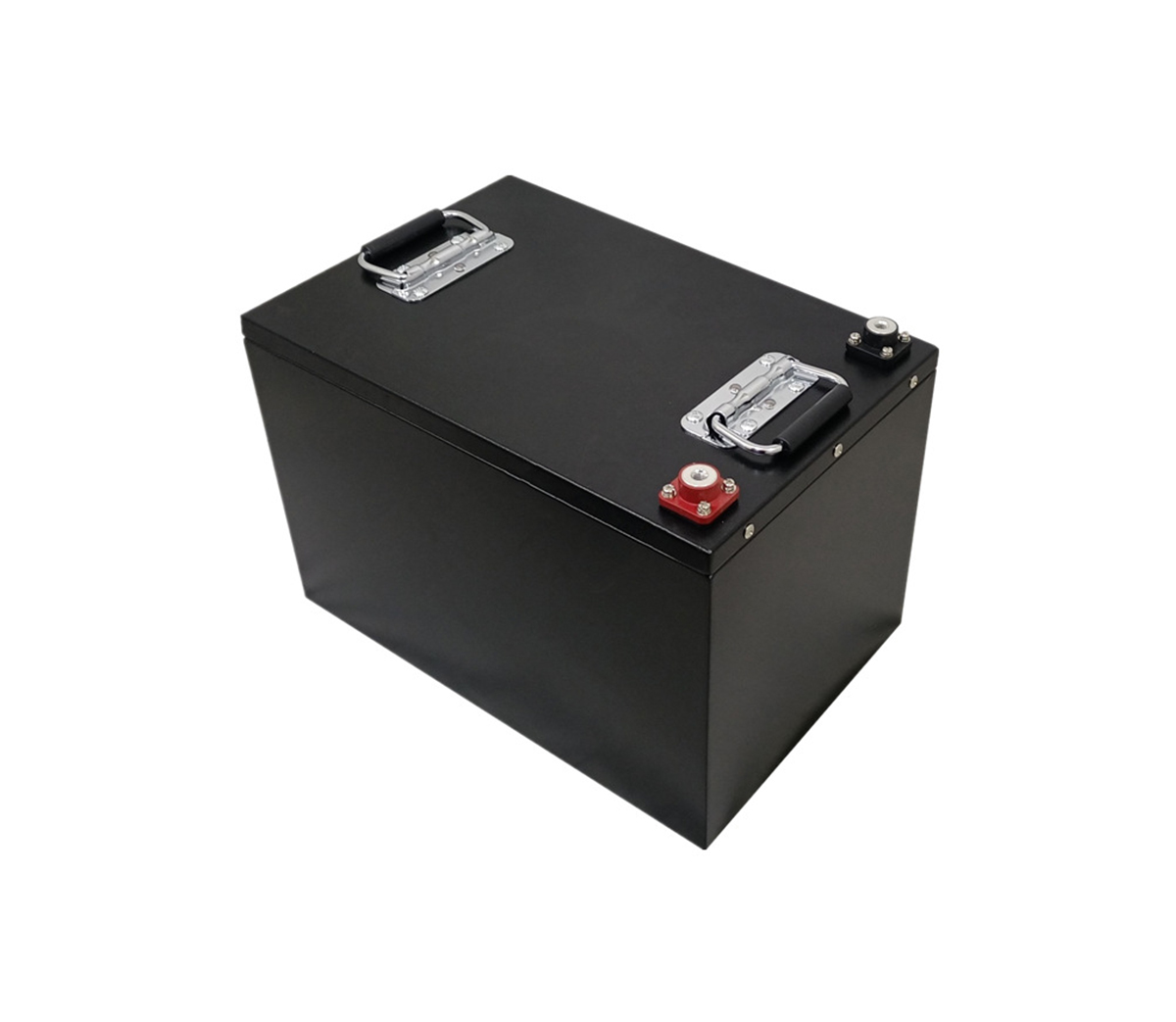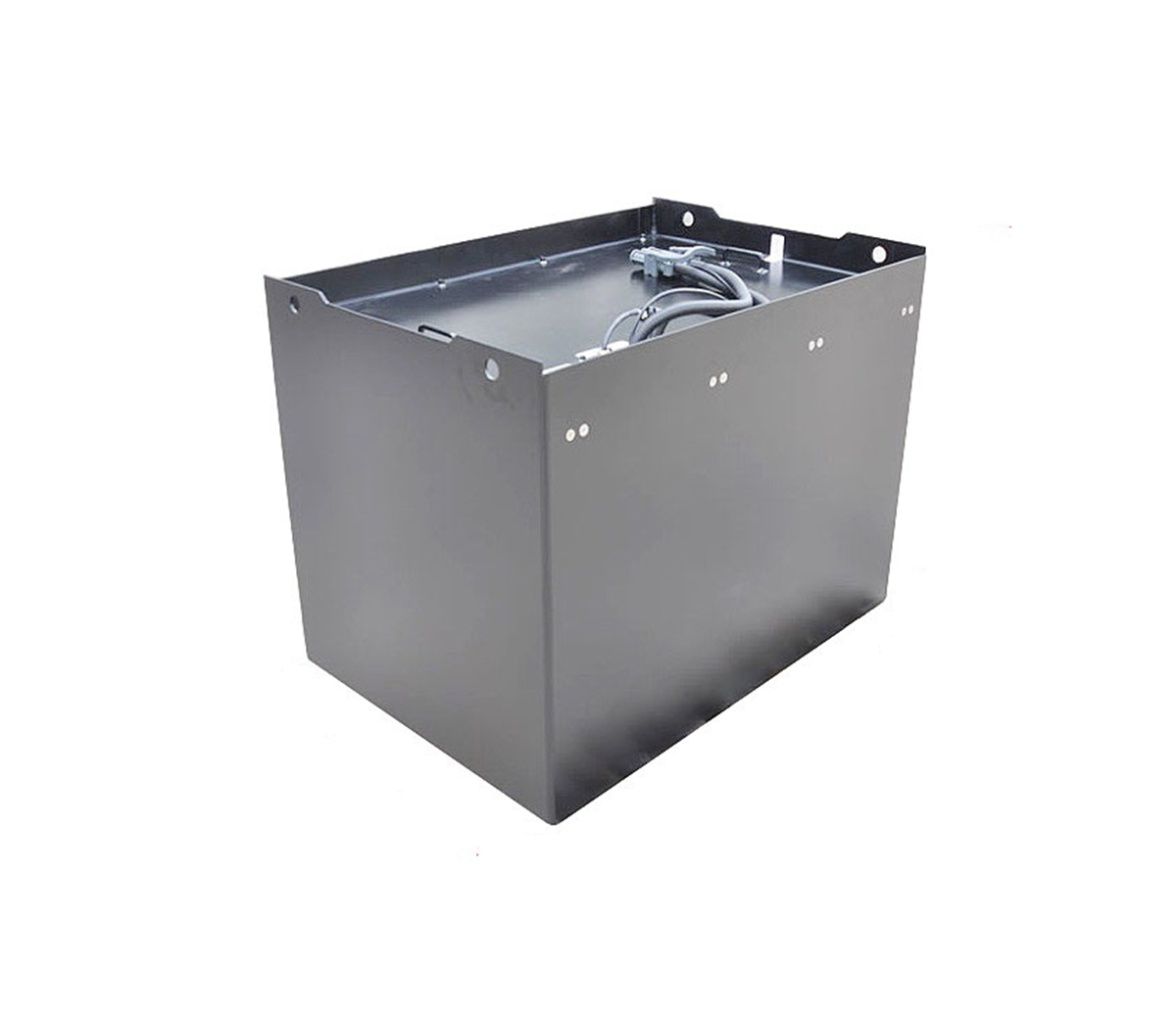
The charging chip we chose is TP4056, which has fewer peripheral components
and low cost. You can buy a pile for a few dollars. It can be clearly seen from
the schematic diagram. The required components are: one TP4056 and one 1.2K
resistor. (The larger the resistance, the smaller the charging current, the
minimum is 1.2k, because the chip supports a maximum charging current of 1A,
which is the value at 1.2K resistance), a 0.4Ω resistor, two 1K resistors, and
two LED lights (red The light and the green light are used to indicate the
battery charging status, the green light is full when it is full, and the red
light when charging), two 10uf capacitors, considering the practicality, it
should also have a hole board and an adapter board (because the 4056 chip is
small, it is not convenient for manual labor
The charging chip we chose is TP4056, which has fewer peripheral components
and low cost. You can buy a pile for a few dollars. It can be clearly seen from
the schematic diagram. The required components are: one TP4056 and one 1.2K
resistor. (The larger the resistance, the smaller the charging current, the
minimum is 1.2k, because the chip supports a maximum charging current of 1A,
which is the value at 1.2K resistance), a 0.4Ω resistor, two 1K resistors, and
two LED lights (red The light and the green light are used to indicate the
battery charging status, the green light is full when it is full, and the red
light when charging), two 10uf capacitors, considering the practicality, it
should also have a hole board and an adapter board (because the 4056 chip is
small, it is not convenient for manual labor Welding), pin header male, pin
header female, soldering tin and DuPont wire, etc.
Required materials (1k current-limiting resistor is not added in the above
picture, it should actually have)
With the material, our next job is to solder the circuit according to the
schematic diagram. Since the 4056 is small, we chose the adapter board. First,
we soldered the 4056 to the adapter board.
Note: Be careful not to connect the chip pins together! Materials needed
(1k current limiting resistor is not added in the above picture, it should
actually have)
With the material, our next job is to solder the circuit according to the
schematic diagram. Since the 4056 is small, we chose the adapter board. First,
we soldered the 4056 to the adapter board.
Note: Be careful not to connect the chip pins together!
soldered to the hole board
Well, up to now, the most important components and the most difficult to
solder components have been successfully soldered. The next step is to solder
these peripheral components to the hole board. As for the places that need
attention, the main ones are electrolytic capacitors and LEDs have positive and
negative poles. Be careful not to reverse the soldering when soldering,
otherwise it will not work properly. There is also a part where the soldering is
good. Some components have very long pins, which may be exposed on the back of
the board. See below
exposed pins
This phenomenon is also unavoidable in the welding process. Friends who are
welding for the first time or those who are unskilled should pay attention to
it. Because the wire behind the back is thin, be careful not to get your eyes.
It is best to wear it when welding. For glasses, in order to avoid too many
exposed pins, remember to cut off the pins in time after soldering some
components to prevent accidents.
We are soldering step by step according to the schematic diagram. Since
there are fewer components, it will not consume too much time. Here is a diagram
of successful soldering.
renderings
From the billboard here, you can see that there are two pairs of pin
headers, the upper pair is the power supply part, the upper pin is positive, the
lower one is negative, the input voltage is 5v, you can use USB power supply, or
you can choose other It is powered by the method, but the voltage is 5v, not too
high or too low. The lower pair of pins is the part that connects to the
rechargeable battery. The pin sockets are left to facilitate the insertion of
the DuPont cable. The upper one is the battery negative, the lower one The power
supply is positive. If the voltage of the rechargeable battery is 3.7v, it
doesn't matter which size battery is. Do not charge the 1.2v battery. The
battery may be burnt due to the normal charging voltage higher than 1.2v.
Charge the 18650
The picture above is a real shot of charging the 18650 lithium battery. It
seems that we have made it successfully. During normal charging, the red
indicator light is on, the charging current is about 1A, and the voltage is
about 4.2v, which is enough to meet most of the battery charging needs. When the
battery is fully charged, the green light will be on and the red light will be
off. At this time, the output current is close to 0.
Full effect picture (if there is no fully charged battery, remove the
battery during testing)
After testing, our production is very successful, friends, are you ready,
what are you waiting for, do not hurry up to make one, you must pay attention to
safety when making it!
This circuit has a charging status display function. The red light is
flashing and it is charging, the green light is flashing and it is about to be
fully charged, and the green light is on and it is fully charged. As long as you
have a 12V power supply, don’t install the battery after connecting the circuit.
Adjust the adjustable resistor on the lower right corner to make the battery
output 4.2V, and then adjust the adjustable resistor on the lower left corner to
make the third pin of LM358 0.16V. That's it, the charging current is 380mA,
super fast, the three parallel diodes are step-down to prevent overheating of
the LM317, and a heat sink must be added to the LM317. The transistor in the
picture can be of any type
Lithium battery fast automatic charger circuit. Lithium batteries can be
charged with high current, but the maximum charging voltage of a single-cell
lithium battery cannot exceed 4.2V. If it exceeds 4.5V, it may cause permanent
damage. The discharge voltage of the lithium battery must not be lower than
2.2V, otherwise it may cause permanent damage. This circuit uses the LM3420-8.4
dedicated lithium battery charging controller. When the battery pack voltage is
lower than 8.4V, there is no output current at the LM3420 output pin (OUT), and
the transistor Q2 is cut off. Therefore, the adjustable voltage regulator LM317
outputs a constant current, and its current value depends on the value of
RL.
The charging requirements of lithium-ion batteries are higher. Overcharging
will cause the battery to be scrapped. There is no risk of overcharging with the
simplest charging circuit shown in Figure 1. This circuit limits the charging
current to about 70mA through a 1μF capacitor. Connect the TL431 to a 4.2V
voltage source in parallel at both ends of the battery. When the battery voltage
is lower than 4.2V, TL431 is cut off. The current is fully charged into the
battery. When the battery voltage rises to close to 4.2V, the TL431 begins to
shunt. When the battery voltage is 4.2V, all current flows into the TL431. At
this time, the power consumption of TL431 is 0.3W, which does not exceed the
maximum power consumption. Because the charging current is small. Therefore, the
long charging time is its shortcoming. In the circuit, the resistance of R2 and
R3 must be accurate. Before connecting the battery, test whether the two ends of
the TL431 are 4.2V. There is no transformer isolation between this circuit and
220V AC, so you should plug in the socket after connecting the battery to ensure
personal safety.
Once the battery is exhausted and there is nowhere to charge, you will be
embarrassed. There are many emergency chargers on the market that can charge
mobile phones. There are Sanyo’s "Love Wife" series, and the cheap one is a No.
5 copy. An external stick that can be charged by the battery. However, a AAA
battery charging stick in the cottage has a small charging current and the
battery is not durable. It will be over before the battery is charged. The
high-frequency pulsation generated by the built-in pulse circuit may be Damaged
to the electrical appliance itself being charged. Sanyo "Love Wife" needs to be
equipped with its own rechargeable battery, or like other power boxes on the
market, it is powered by a built-in lithium battery.
8-cell battery box: 1.5 yuan, 3A fuse: 0.1 yuan, small switch: 0.5 yuan,
470UF capacitor: 0.2 yuan, USB2.0 socket: 0.5 yuan, diode: 0.1 yuan, a section
of heat shrinkable tube.
Soldering iron, tweezers, scissors.
Idea: Everyone knows that the standard voltage of No. 5 Ni-MH battery is
1.2V. The normal working voltage is generally 1.15V-----1.35V. The voltage range
after connecting 4 cells in series is between 4.6V and 5.4V. This is just right.
The standard voltage of composite USB (USB standard voltage is 5V allows
positive and negative floating) The standard voltage of AA alkaline battery is
1.5V. In accordance with the USB voltage standard, it will burn out the USB
device when directly connected and used, so here is considered to use a diode to
step down the voltage. The voltage drop of the crystal diode is less than 0.7V.
After the voltage drop, the voltage is 5.3V to 5.7V. Higher, but due to the
internal resistance of the circuit and the battery, the actual charging voltage
is often only more than 5V, which is a safe voltage)
In order to make the appearance as beautiful as possible, I used an 8-cell
No. 5 battery box as the main material for this production. The battery box only
uses the 4 battery series part of it, and the other side is diverted to the
space occupied by the circuit part.



































